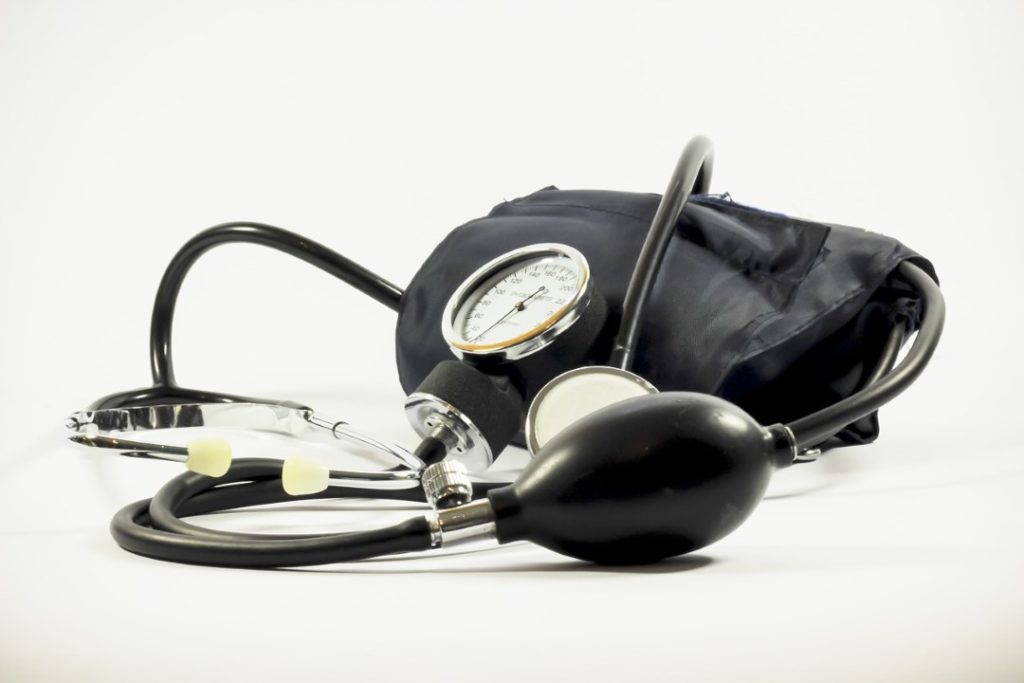
Contents
What is White Coat Hypertension?
The term “white coat” comes from references to the white coats traditionally worn by doctors. The white coat effect means that your blood pressure is higher when it is taken in a medical setting than it is when taken at home. On average, when your blood pressure is taken at home the top (systolic) number can be around 10mmHg lower than it would be if taken by a doctor and 5mmHg lower on the bottom (diastolic) number. For some people, this difference can be even greater. Sometimes it can be difficult to establish whether you actually have high blood pressure, or are just experiencing white coat hypertension.Causes
Your blood pressure is not fixed it rises and falls throughout the day in response to what you are doing and what is happening around you. White coat effects will often happen because you are nervous/anxious/stress about having your blood pressure tested by a doctor or nurse. Most of us tend to feel tenser in medical settings than we do in surroundings that are familiar to us, although we do not always notice it. People who are habitually affected by stress whether from losing a job, feeling pressure at work, or simply getting stuck in traffic may develop temporary or longer-lasting hypertension that could inflict some of the same damage as full-time hypertension. By figuring out how these people’s blood pressure varies throughout the day, doctors can determine how best to treat them. To get this information, patients take a portable device home with them and check their blood pressure periodically over the course of a week or two.Monitoring Blood Pressure
Anyone can be affected by the white coat effect, but white coat hypertension is less common. You may be nervous or anxious about having your blood pressure taken without you or your doctor realizing it. The only way to be sure is to compare readings taken in the clinic with readings that are taken at home. There are two ways of doing this.- Measuring your blood pressure at home: You could measure your blood pressure at home. Measuring your own blood pressure regularly can be helpful as it allows your doctor or nurse to see what your readings are like outside of the clinic. Keeping a personal record of your blood pressure can help to show what your blood pressure is like from day to day.
- 24-hour blood pressure monitoring: This kind of blood pressure monitoring can show in more detail how your blood pressure changes throughout the day. You will be given a small digital monitor to wear which measures your blood pressure regularly and automatically over a day and night. Your readings are stored in its memory so you don’t need to do anything apart from keeping the monitor on.